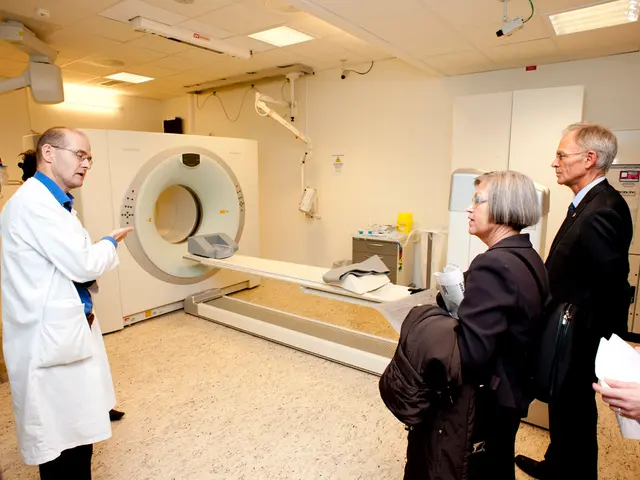Data Communication and Networking: Amplified Privacy with Advanced Technologies (APETs)
In the digital age, privacy protection has become essential due to the rise of data breaches, surveillance concerns, and stringent privacy regulations. One of the key areas of focus is the development of Privacy-Enhanced Technologies (PETs), systems designed to protect personal data during digital communications.
Current trends in PETs emphasize layering multiple advanced techniques to resist AI-driven re-identification attacks while managing computational costs. Technologies such as differential privacy, federated learning, and partial homomorphic encryption are being combined to ensure privacy throughout data collection, training, inference, and deployment phases, addressing regulatory coverage gaps exposed by AI advancements.
Resilience to AI-powered adversaries is a significant concern. Combining PETs like differential privacy and homomorphic encryption is key to defending against sophisticated model-inversion and re-identification attacks enabled by AI. Updating frameworks like GDPR to fully cover AI-specific risks such as behavioral telemetry, embeddings, and synthetic data is critical for effective privacy protection.
Preparing for future quantum computing threats is another crucial aspect. Quantum-resistant cryptography is being developed to ensure long-term communication security. As quantum computing advances, current cryptographic standards may be at risk, making it necessary to develop methods that can withstand these future threats.
PETs will also play a vital role in securing emerging technologies like 5G networks and IoT devices. Faster speeds and connectivity introduce new vulnerabilities, and PETs will be essential in maintaining security and privacy in these areas.
Balancing AI capabilities and privacy is another challenge. AI-powered systems, including browsers and surveillance, present privacy paradoxes by requiring more data for convenience but risking exposure. PETs must evolve to mitigate these tensions.
For system administrators implementing PETs, careful consideration of performance impacts is essential, as many privacy-enhancing techniques introduce computational overhead.
Modern network infrastructure can incorporate privacy enhancements at multiple layers. Virtual Private Networks (VPNs) create encrypted tunnels between devices and remote servers, masking the user's IP address and encrypting their internet traffic. QUIC (Quick UDP Internet Connections), now standardized as HTTP/3, encrypts more of the connection metadata than traditional TCP, protecting information about packet sizes and sequence numbers from observers.
Traffic Analysis Prevention techniques like padding and mixing can prevent attackers from inferring information based on traffic patterns. Anonymous routing networks like Tor and I2P protect user privacy by routing internet traffic through a network of volunteer relays.
Homomorphic Encryption allows computations to be performed on encrypted data without decrypting it first, finding use cases in privacy-sensitive cloud computing scenarios. Secure Multi-party Computation (SMC) is a cryptographic technique that enables multiple parties to jointly compute functions over their inputs while keeping those inputs private.
Encryption technologies, such as Transport Layer Security (TLS) and End-to-End Encryption (E2EE), are core privacy-enhancing solutions. Privacy-Enhanced Technologies (PETs) minimize data collection, enable anonymous communications, and provide users with control over their information. DNS privacy enhancements like DNS over HTTPS (DoH) and DNS over TLS (DoT) encrypt DNS queries to prevent ISPs and network operators from seeing which websites users are accessing.
Future developments emphasize resilience to AI-powered adversaries, regulatory adaptation, quantum-resistant cryptography, integration in emerging technologies, and balancing AI capabilities and privacy. Practical adoption involves addressing computational costs and adapting legal protections alongside technological innovation.
Read also:
- Elevate Your Earnings: Gain Higher Wages with Information Technology Certification
- Transformed Cybersecurity Profession: Leveraging Online Education for Thriving Careers
- Digital Transformation in Ihringen's Trucking Industry: Witnessing Workplace Evolution through Technology
- Overhauling Digital Profession: INE Security Addresses Epidemic of Exhaustion in Cybersecurity Industry








